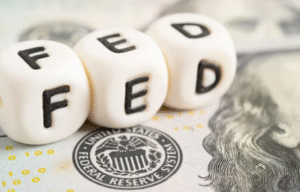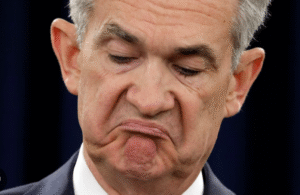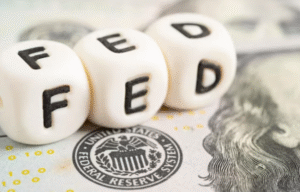$SPY $BTC $DXY
#FederalReserve #RateCuts #Inflation #StockMarket #Economy #EdYardeni #LaborMarket #InterestRates #MonetaryPolicy #EarningsSeason #EconomicGrowth #MarketVolatility
Wall Street veteran Ed Yardeni has voiced strong opposition to the Federal Reserve considering further rate cuts, urging policymakers to focus on the broader macroeconomic realities instead. Yardeni, a seasoned market strategist, warns that reducing rates amid persistently high inflation risks fueling an overheating economy. He expressed concerns over excessive market euphoria, especially in equities, potentially resulting in higher systemic risks as investors chase yield. Yardeni’s critique comes against the backdrop of robust economic data, including a tight labor market and inflation figures that remain above the Fed’s long-term target. Such conditions, he says, demand continued vigilance rather than loosening monetary policy prematurely.
Yardeni’s comments align with broader market concerns about the Fed’s balancing act. While rate cuts tend to be welcomed by markets initially, the implications for longer-term economic stability are less certain. Lower rates encourage borrowing and investment, often driving stock prices higher and providing short-term boosts to asset prices. However, with inflation data still sticky and the labor market showing signs of resilience, injecting additional liquidity could counteract efforts to stabilize price growth. The U.S. Dollar Index ($DXY), a barometer of monetary policy expectations, could weaken further under rate cut scenarios, adding to imported inflation woes. The potential market impact also raises questions about whether the S&P 500 ($SPY) will see upward momentum or face heightened volatility due to shifting investor sentiment.
This stark warning also intersects with dynamics in the cryptocurrency market. With Bitcoin ($BTC) and other digital assets often seen as alternative hedges against fiat monetary policies, a dovish Fed could spark renewed capital inflows into crypto assets, pushing valuations higher. Yet, such a risk-on environment might simultaneously increase volatility, particularly if rate cuts lead to inflation overshooting targets. Yardeni’s caution, therefore, underscores the complexity of decision-making in a market increasingly interconnected across asset classes. Crypto traders, ever attuned to shifts in liquidity, may find themselves navigating a market paradox—temporary bullishness juxtaposed with potential long-term instability.
Yardeni’s admonition serves as a broader critique of potential complacency in fiscal and monetary policymaking. Policymakers may be underestimating the unintended consequences of rate cuts, which could exacerbate supply-demand mismatches in key sectors like housing, commodities, and labor. A premature pivot could hurt credibility at a time when financial markets are in need of clarity and stability. For investors, his comments are a cautionary tale, signaling the importance of approaching current market conditions with prudence. Whether equities, cryptocurrency, or fixed-income instruments, the road ahead may require a finer balance between capturing short-term opportunities and managing inflationary threats.











Comments are closed.